Mold in Your Walls | Comprehensive Guide By RNC
Mold growth in your walls can pose significant dangers to your home and health. Understanding the causes, identification, and remediation of mold is crucial for maintaining a safe and healthy living environment. In this comprehensive guide, we will explore the hidden dangers of mold in your walls and provide valuable insights to help you protect your home and loved ones.
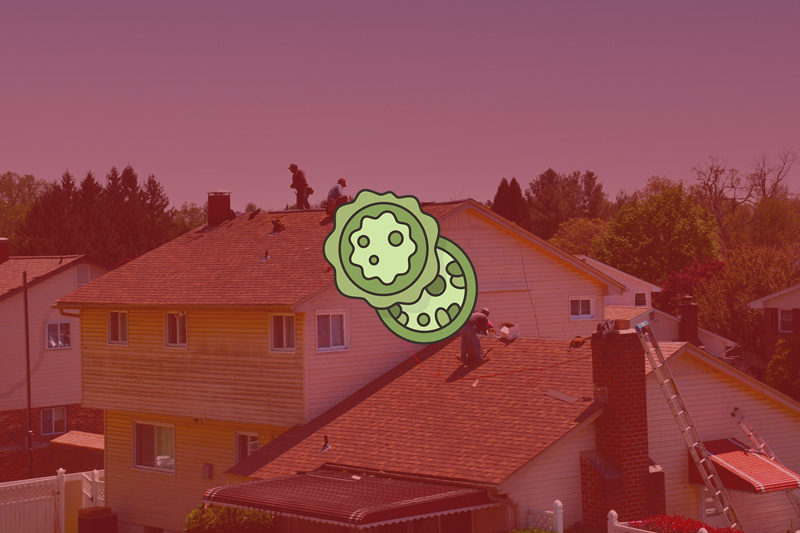
What is Mold?
Mold, also known as fungi, is a type of microorganism that thrives in moist environments. It can appear in various colors, such as black, green, or white. Mold reproduces by releasing tiny spores into the air, which can easily spread and settle on surfaces within your home.Mold spores are omnipresent, existing both indoors and outdoors. When these spores find suitable conditions, such as moisture, warmth, and organic matter, they start to grow and form visible colonies. It is essential to note that mold growth in your walls is often an indication of an underlying moisture issue.
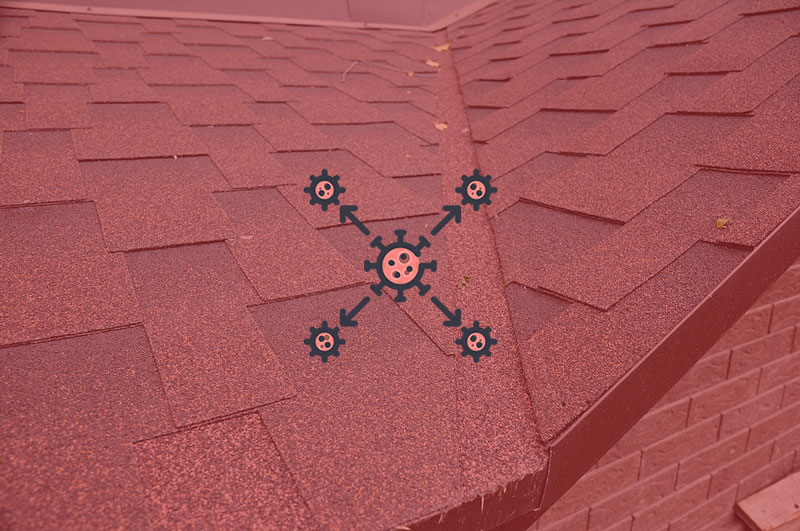
How Does Mold Spread and Grow?
Mold spores are lightweight and can be transported through the air or by attaching themselves to people, pets, or objects. When these spores land on a damp surface, they start to germinate and grow, gradually forming colonies that are visible to the naked eye. Once mold takes hold in your walls, it can spread rapidly if not addressed promptly.Mold growth requires a moisture source, such as water leaks, high humidity levels, or condensation. Common areas prone to mold growth in walls include bathrooms, kitchens, basements, and areas with poor ventilation. The presence of organic materials, such as drywall or wallpaper, provides a food source for mold to thrive.
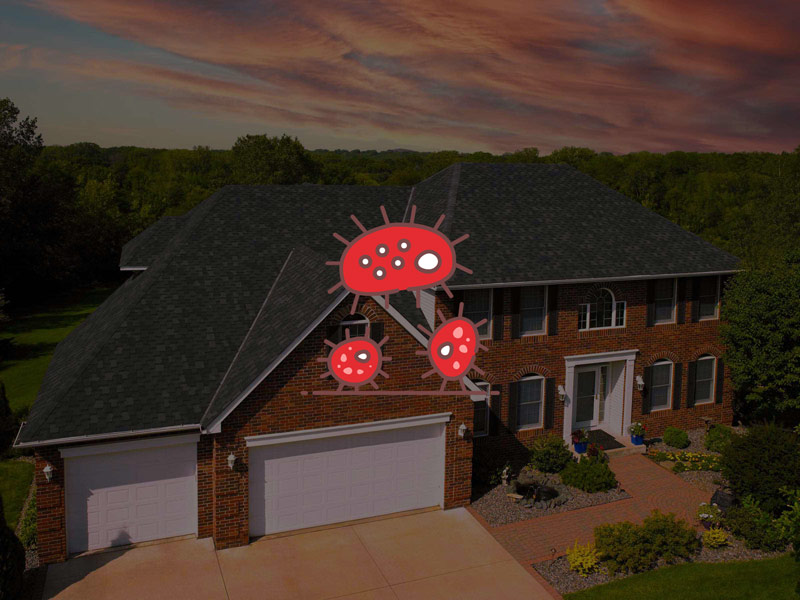
Common Types of Mold
Alternaria:
Alternaria is a common mold found in homes and is often associated with water damage. It has a woolly texture and can appear green or black. This type of mold can trigger allergies and asthma symptoms in susceptible individuals.
Cladosporium:
Cladosporium is a widespread mold that can be found both indoors and outdoors. It has a powdery or suede-like texture and typically appears black or olive-green. Exposure to Cladosporium may cause respiratory issues and skin irritation.
Aspergillus:
Aspergillus is a genus of molds that includes numerous species. It can vary in color, ranging from green to yellow or brown. Aspergillus molds can produce mycotoxins, which can lead to respiratory problems, particularly in individuals with weakened immune systems.

Causes of Mold Growth in Walls
Mold in your walls is predominantly triggered by excessive moisture, which creates a favorable environment for mold to thrive. Understanding the common sources of moisture and addressing them is crucial in preventing mold growth. Let’s explore the key causes of mold growth in walls:
Moisture as the primary trigger for mold growth:
Excess moisture is the primary catalyst for mold development in walls. Whether it’s from water leaks, flooding, high humidity levels, or condensation, any form of moisture accumulation can lead to mold growth if left unaddressed.
Identifying common sources of moisture in walls:
It’s essential to identify potential sources of moisture within your walls to mitigate mold growth effectively. Some common sources include:
- Water leaks: Leaking pipes, roof leaks, or faulty plumbing fixtures can introduce moisture into your walls, providing an ideal breeding ground for mold.
- Poor waterproofing: Inadequate waterproofing measures during construction can allow water infiltration, leading to persistent moisture problems and eventual mold growth.
- Flooding or water damage: If your property has experienced flooding or water damage, the moisture left behind can seep into the walls, promoting mold growth.
Role of poor ventilation and condensation in mold development:
Insufficient ventilation and condensation contribute significantly to mold growth. When moist air gets trapped in enclosed spaces, such as bathrooms, kitchens, or basements, it can create an environment where mold thrives. Inadequate ventilation restricts air circulation, allowing moisture to accumulate and increasing the likelihood of mold growth. Additionally, condensation on walls, windows, or pipes can provide the necessary moisture for mold to flourish.
Addressing potential plumbing and structural issues:
Plumbing or structural problems can exacerbate moisture issues in your walls, leading to mold growth. For instance:
- Leaky pipes: Undetected or untreated leaks in your plumbing system can introduce moisture into your walls, creating an ideal environment for mold.
- Poor insulation: Inadequate insulation can result in temperature differences between the interior and exterior walls, leading to condensation and subsequent mold growth.
- Foundation cracks: Structural issues, such as cracks in the foundation or walls, can allow water seepage, leading to persistent moisture problems.
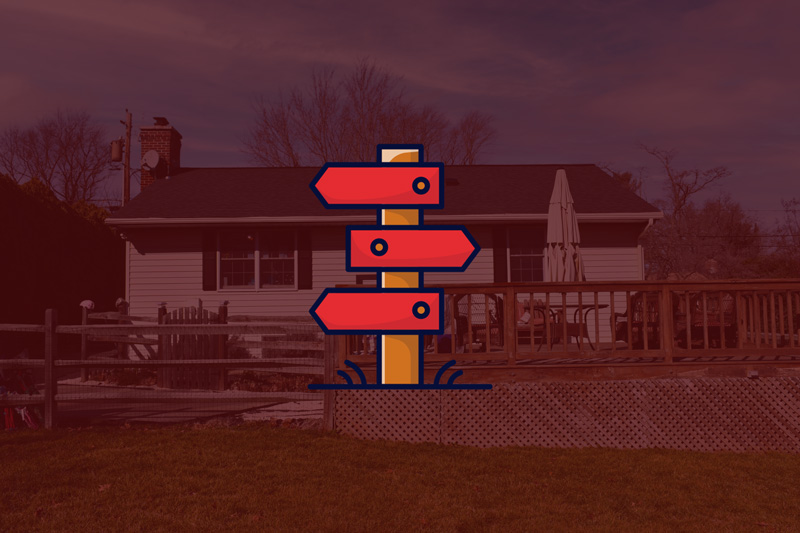
Signs of Mold Infestation
Mold in your walls is predominantly triggered by excessive moisture, which creates a favorable environment for mold to thrive. Understanding the common sources of moisture and addressing them is crucial in preventing mold growth. Let’s explore the key causes of mold growth in walls:
Moisture as the primary trigger for mold growth:
Excess moisture is the primary catalyst for mold development in walls. Whether it’s from water leaks, flooding, high humidity levels, or condensation, any form of moisture accumulation can lead to mold growth if left unaddressed.
Identifying common sources of moisture in walls:
It’s essential to identify potential sources of moisture within your walls to mitigate mold growth effectively. Some common sources include:
- Water leaks: Leaking pipes, roof leaks, or faulty plumbing fixtures can introduce moisture into your walls, providing an ideal breeding ground for mold.
- Poor waterproofing: Inadequate waterproofing measures during construction can allow water infiltration, leading to persistent moisture problems and eventual mold growth.
- Flooding or water damage: If your property has experienced flooding or water damage, the moisture left behind can seep into the walls, promoting mold growth.
Role of poor ventilation and condensation in mold development:
Insufficient ventilation and condensation contribute significantly to mold growth. When moist air gets trapped in enclosed spaces, such as bathrooms, kitchens, or basements, it can create an environment where mold thrives. Inadequate ventilation restricts air circulation, allowing moisture to accumulate and increasing the likelihood of mold growth. Additionally, condensation on walls, windows, or pipes can provide the necessary moisture for mold to flourish.
Addressing potential plumbing and structural issues:
Plumbing or structural problems can exacerbate moisture issues in your walls, leading to mold growth. For instance:
- Leaky pipes: Undetected or untreated leaks in your plumbing system can introduce moisture into your walls, creating an ideal environment for mold.
- Poor insulation: Inadequate insulation can result in temperature differences between the interior and exterior walls, leading to condensation and subsequent mold growth.
- Foundation cracks: Structural issues, such as cracks in the foundation or walls, can allow water seepage, leading to persistent moisture problems.
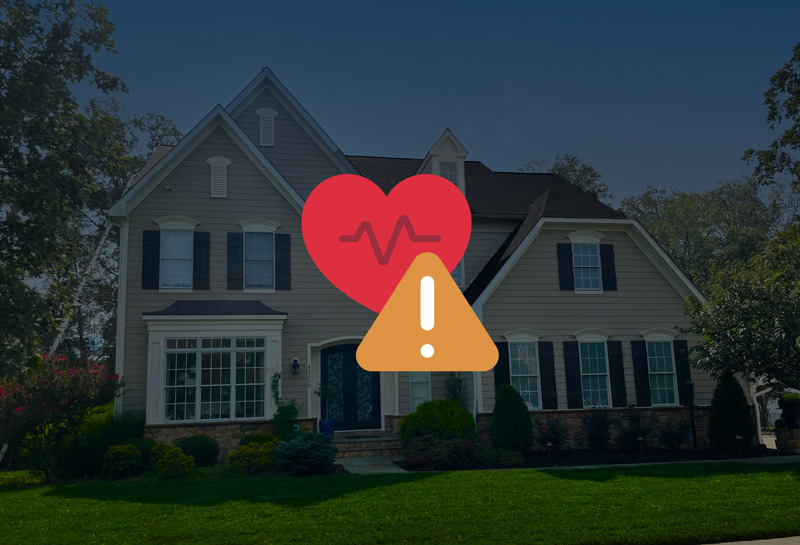
Health Risks Associated with Mold Exposure
Respiratory Issue
Mold in your walls can pose significant risks to respiratory health, potentially leading to various conditions and exacerbating existing respiratory problems:
Allergies and Sensitivities:
Mold spores can trigger allergic reactions in individuals who are sensitive or allergic to mold. Common symptoms include sneezing, coughing, itchy or watery eyes, and nasal congestion. People with mold allergies may experience these symptoms when exposed to mold in their walls.
Asthma:
Mold exposure can worsen asthma symptoms or even provoke asthma attacks in individuals with asthma. Breathing in mold spores or coming into contact with mold can trigger coughing, wheezing, chest tightness, and difficulty breathing.
Respiratory Infections:
Prolonged exposure to mold can increase the risk of respiratory infections, particularly in individuals with weakened immune systems. Mold can irritate the respiratory tract and make it more susceptible to infections, such as bronchitis or pneumonia.
It’s important to note that prolonged mold exposure can have long-term effects on respiratory health, potentially leading to chronic respiratory conditions and persistent symptoms.
Other Health Concerns
In addition to respiratory issues, mold exposure can be associated with other health concerns:
Skin Irritation:
Direct contact with mold or its spores can cause skin irritation and rashes, especially in individuals with sensitive skin. Skin redness, itching, and hives may occur upon contact with mold-infested surfaces.
Headaches and Fatigue:
Some individuals may experience symptoms like headaches and fatigue when exposed to mold. While the exact mechanisms are not fully understood, these symptoms could be attributed to the release of mycotoxins by certain types of mold.
View More Articles
Please Share!











